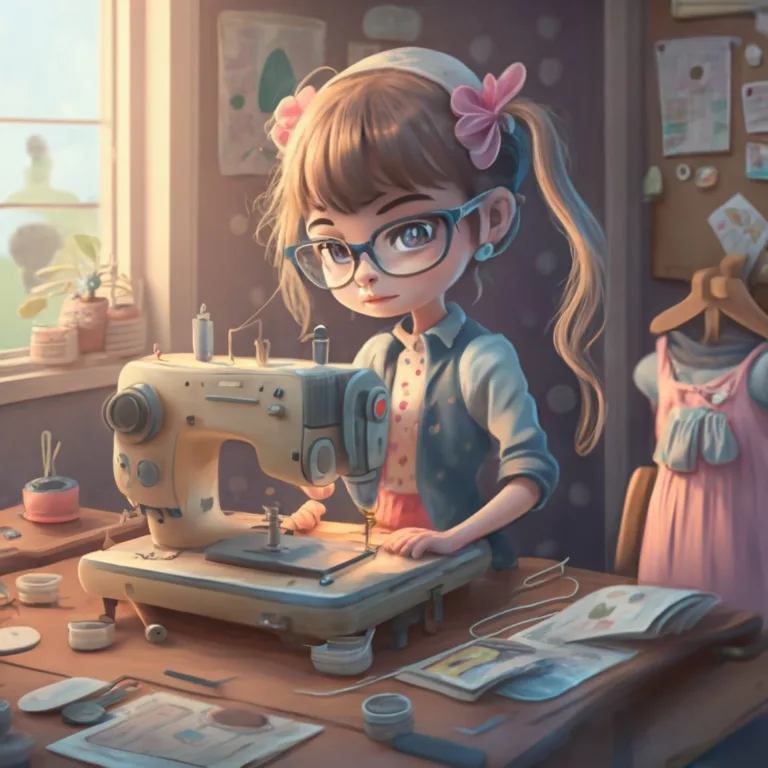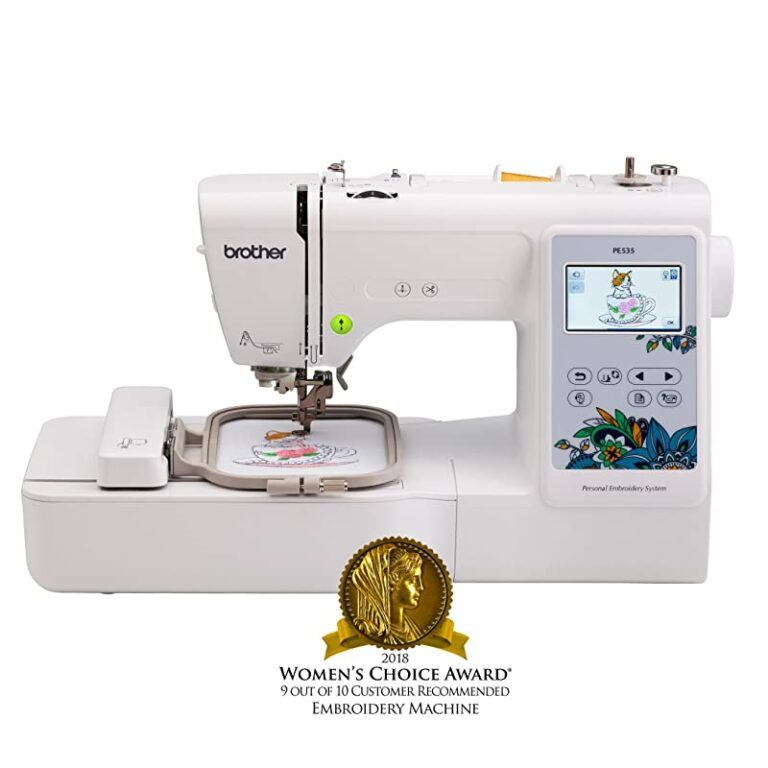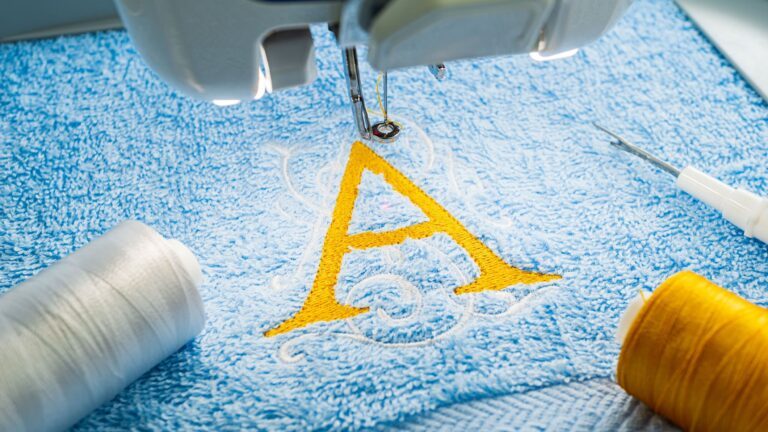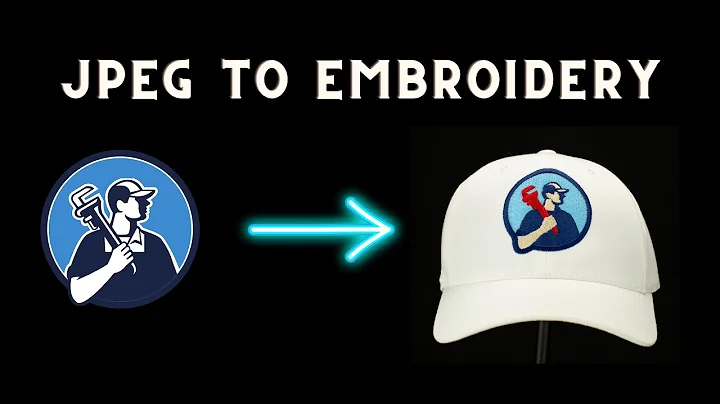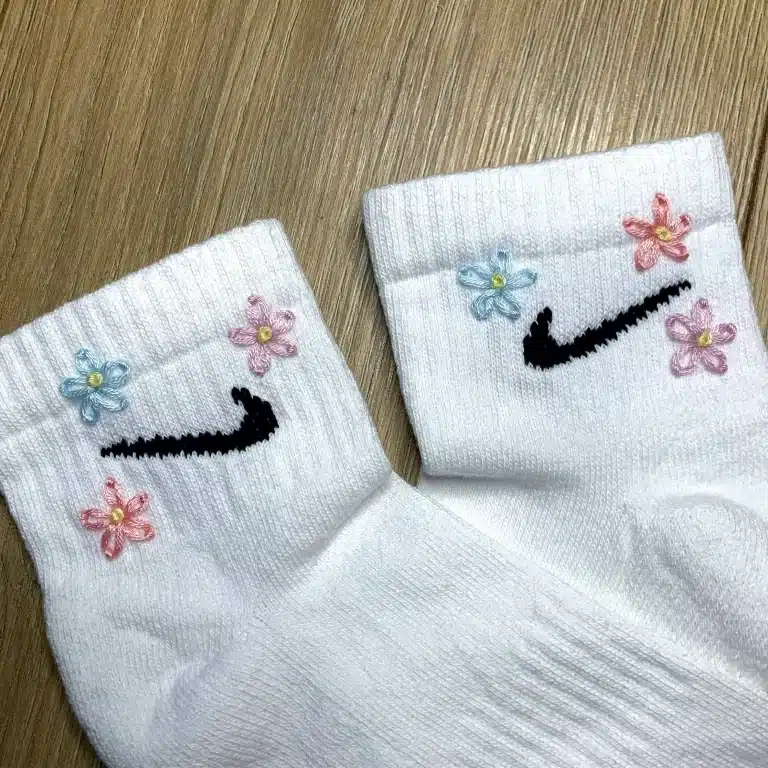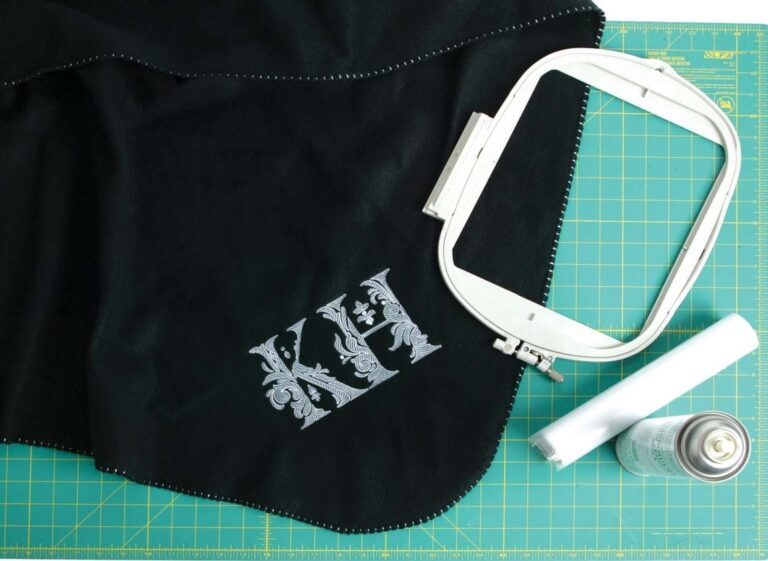Embroidery Machine Designs and AI
The Future of Digital Stitching
The world of embroidery has come a long way from hand-stitched designs to computerized machines.
Now, with the integration of Artificial Intelligence (AI), we’re witnessing a revolutionary transformation in how embroidery designs are created, optimized, and executed.
In this comprehensive guide, we’ll explore the exciting intersection of embroidery machine designs and AI, uncovering how this technology is shaping the future of digital stitching.
-
The Evolution of Embroidery Machine Designs
Before diving into the AI revolution, let’s briefly recap the evolution of embroidery machine designs:
- Traditional hand embroidery
- Early mechanical embroidery machines
- Computerized embroidery machines
- Software-driven design creation
- Current AI-assisted design and execution
This progression has led us to a point where AI is poised to redefine the boundaries of what’s possible in machine embroidery.
-
Understanding AI in Embroidery Design
Artificial Intelligence, in the context of embroidery, refers to computer systems that can perform tasks that typically require human intelligence. These tasks include:
- Pattern recognition
- Decision-making
- Visual perception
- Language translation (for text-based designs)
AI in embroidery design is not about replacing human creativity but enhancing it.
It provides tools that can speed up the design process, offer new creative possibilities, and optimize designs for better stitching results.
-
AI-Powered Design Creation
One of the most exciting applications of AI in embroidery is in the realm of design creation. Here’s how AI is changing the game:
a) Automated Digitizing Traditional digitizing (converting images into embroidery-ready files) can be time-consuming.
AI-powered software can now analyze an image and automatically create a stitch file, significantly reducing the time required for this process.
b) Style Transfer AI algorithms can apply the style of one embroidery design to another, creating unique combinations.
For example, you could take the stitching style of a traditional floral pattern and apply it to a modern geometric design.
c) Pattern Generation By feeding AI systems with thousands of existing embroidery designs, they can learn to generate entirely new patterns.
This opens up a world of possibilities for unique, AI-created designs.
-
AI for Design Optimization
Beyond creation, AI is proving invaluable in optimizing embroidery designs for better stitching results:
a) Stitch Type Recommendation AI can analyze a design and suggest the most appropriate stitch types for different elements, based on factors like fabric type, thread thickness, and design complexity.
b) Color Optimization AI algorithms can suggest color combinations that work well together and optimize the number of thread changes required, improving efficiency.
c) Density Adjustment AI can automatically adjust stitch density to prevent issues like puckering or gaps, ensuring a high-quality final product.
-
Smart Embroidery Machines
The integration of AI isn’t limited to software; embroidery machines themselves are becoming smarter:
a) Real-time Adjustments AI-enabled machines can monitor the embroidery process in real-time, making adjustments to tension, speed, and other factors to ensure optimal results.
b) Error Detection and Correction Smart machines can detect issues like thread breaks or misalignments and either alert the operator or automatically correct the problem.
c) Predictive Maintenance AI can analyze machine performance data to predict when maintenance is needed, reducing downtime and extending machine life.
-
AI-Assisted Custom Embroidery
Customization is a growing trend in embroidery, and AI is making it easier and more accessible:
a) Automated Text Placement For designs incorporating names or text, AI can automatically determine the best placement and sizing, adjusting the overall design accordingly.
b) Face Recognition for Personalized Designs Some advanced systems can use AI-powered face recognition to place portraits or caricatures onto garments, creating highly personalized embroidered items.
c) Style Matching AI can analyze a customer’s preferences or existing garments to suggest embroidery styles that match their taste.
-
AI in Embroidery Business Management
Beyond design and production, AI is also transforming how embroidery businesses operate:
a) Inventory Management AI systems can predict thread and fabric needs based on upcoming orders, ensuring supplies are always on hand.
b) Pricing Optimization By analyzing factors like design complexity, material costs, and market demand, AI can suggest optimal pricing for embroidery services.
c) Customer Service Chatbots AI-powered chatbots can handle customer inquiries, provide design suggestions, and even process simple orders, improving efficiency and customer satisfaction.
-
The Future of AI in Embroidery
As AI technology continues to advance, we can expect even more innovative applications in the world of embroidery:
a) Virtual Reality Design Interfaces Imagine designing embroidery patterns in a 3D virtual space, with AI assisting in real-time to optimize your creation.
b) Sustainable Design Suggestions AI could analyze designs and suggest modifications to reduce thread waste and energy consumption during production.
c) Cross-cultural Design Fusion AI systems could combine design elements from different cultural traditions, creating unique fusion styles.
d) Haptic Feedback in Digital Designing Future systems might incorporate touch feedback, allowing designers to “feel” their digital creations as they work.
-
Challenges and Considerations
While the potential of AI in embroidery is exciting, there are challenges to consider:
a) Learning Curve Adopting AI-powered tools may require training and adjustment for embroidery professionals.
b) Cost of Implementation Advanced AI systems and smart machines can be expensive, potentially creating barriers for smaller businesses.
c) Balancing Automation and Artistry There’s a need to strike a balance between the efficiency of AI and the irreplaceable human touch in design.
d) Data Privacy As AI systems collect and analyze data, ensuring the privacy and security of this information becomes crucial.
-
Getting Started with AI-Assisted Embroidery
If you’re interested in exploring AI-powered embroidery, here are some steps to get started:
a) Research AI-enabled Software Look for embroidery software that incorporates AI features like automated digitizing or design optimization.
b) Experiment with Online AI Tools Some websites offer AI-powered embroidery design tools that you can try without a significant investment.
c) Stay Informed Follow embroidery technology blogs and attend trade shows to stay up-to-date on the latest AI advancements in the field.
d) Start Small Begin by incorporating one or two AI-assisted features into your workflow and gradually expand as you become more comfortable with the technology.
Conclusion: Embracing the AI Revolution in Embroidery
The integration of AI into embroidery machine designs represents a significant leap forward for the industry. From streamlining the design process to optimizing production and enhancing customization, AI is opening up new possibilities that were once unimaginable.
As with any technological advancement, the key is to approach AI as a tool that enhances human creativity rather than replaces it.
By embracing these innovations, embroidery professionals can push the boundaries of their art, create more efficiently, and offer even more value to their customers.
The future of embroidery is a beautiful tapestry woven with threads of tradition and innovation.
As AI continues to evolve, we can look forward to even more exciting developments in the world of digital stitching.
Whether you’re a professional embroiderer, a hobbyist, or a business owner in the textile industry, staying informed about AI advancements will be crucial in the years to come.
So, are you ready to embrace the AI revolution in embroidery? The possibilities are as limitless as your imagination!
Related Posts
Discover relevant articles, tutorials, and tips to improve your skills and explore new techniques.
Stay inspired and connected to our embroidery community.

